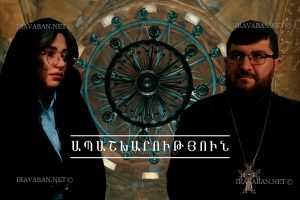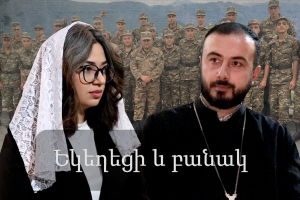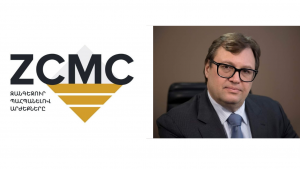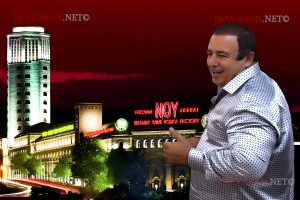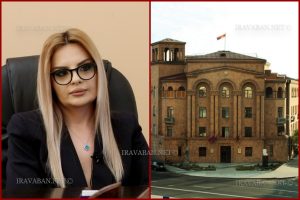As part of the “Church and Law” interview series, Iravaban.net spoke with Father Partev Muradyan, the parish priest of the Holy Cross Church in Arabkir, Araratian Patriarchal Diocese, on the topic of “Armenian Spiritual Traditions in the 21st Century.”
– How are spiritual traditions maintained in the 21st century alongside technological development?”
– I’d like to start by defining what a spiritual tradition is, as it originates from Christ. Christ passed on to us oral traditions that entered the church’s heritage and have been transmitted down to our days. The oral traditions that have reached us are mainly liturgical traditions that strengthen faith in people. Over time, not only against the backdrop of technological developments but also based on the process of modern human development, many changes have occurred. However, traditions are preserved in the church through holidays; through national church festivals, we are able to maintain traditions among people to some extent. In this period, yes, there are difficulties, but thank God, traditions are being preserved.
– Do technological developments have a negative impact?”
– Indeed, they will, because as technologies develop, people become lazier, and all traditions require physical presence. We have already become accustomed to the fact that in the era of developing technologies, physical presence is not necessary. We can do everything on our platforms.
– Is there a challenge in preserving folk rituals and spiritual traditions in the 21st century?
– Not only in the 21st century but throughout human history, yes, there are challenges in preserving traditions. When information is scarce, traditions are violated. An individual who is less aware of our traditions already has questions. Now people are adopting other traditions more frequently.
– Is there a problem with properly using the opportunities provided by technological development? Is the church able to use these platforms correctly?
– All dioceses have their social media pages, and almost all churches have pages through which we can reach people. However, I must remind you again that the spiritual requires physical presence. We can follow the liturgy from behind a screen, but we cannot take communion; we must be present at the liturgy.
– How much did social media pages help strengthen the believer-church connection?
– People get a lot of information from social platforms. There are many devoted believers of the church who live outside the city, but they try to come to our church from time to time and learn about holidays and pilgrimages from social platforms. It helps them a lot.
– Artificial intelligence and its capabilities are being actively implemented in various fields. What is the church’s attitude towards this technological innovation? What problems can it create for society?
– As I mentioned earlier, one of the seven deadly sins is sloth, and all this leads a person to that, which is why the church urges people to rely on their own intelligence. In this option, there is no soul, and where there is no soul, there can be nothing divine; this is the problem.
Details in the video.

